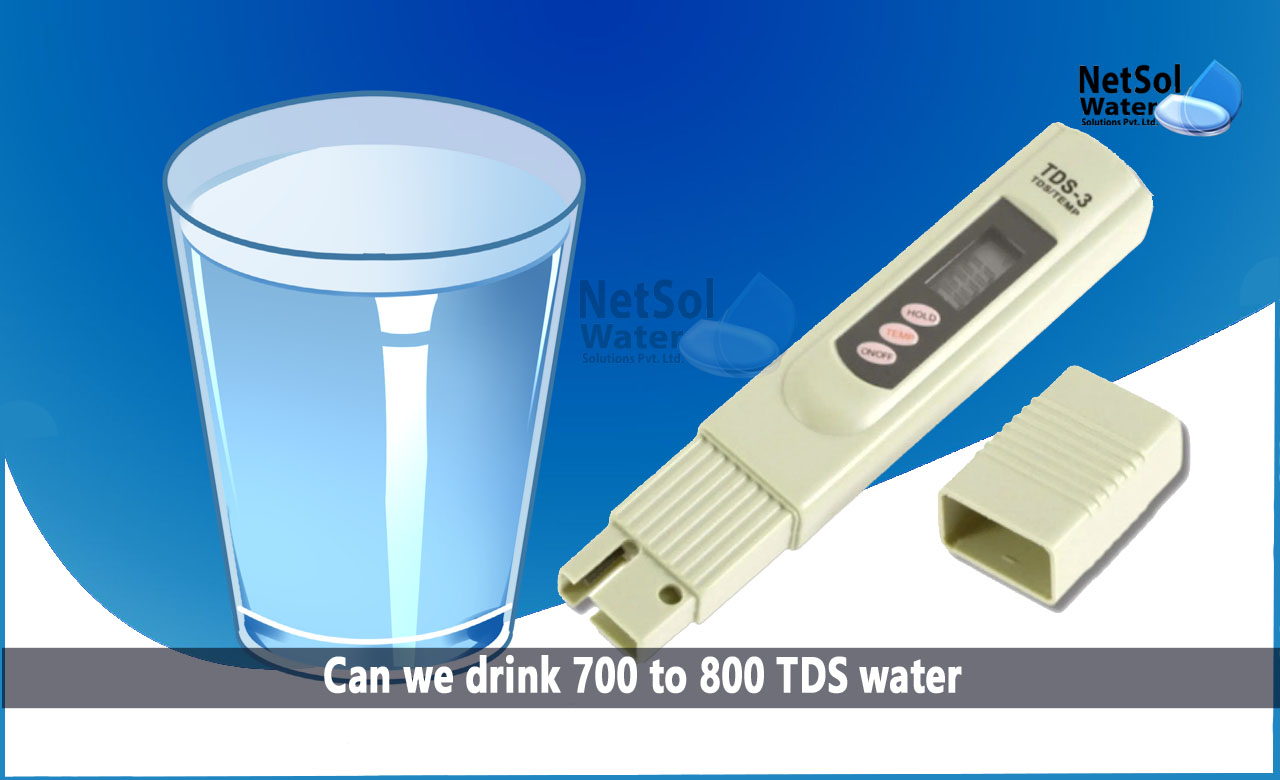Water is the most significant resource that will affect both us and our descendants in the future. The condition of our seas is a key indicator of how we live on land.
Mineral water today isn't as pure as we would like. A glass of water can be hazardous if it is not thoroughly cleaned because of the contaminants, toxins, and chemicals it contains. For a full understanding of water and its components, one must understand TDS, and its allowable limits in drinking water.
What is TDS?
The total concentration of dissolved substances in drinking water is referred to as total dissolved solids, or TDS. While, some organic material is present, inorganic salts make up the majority of TDS.
Allowable limits of TDS in Drinking Water
TDS is a component of drinking water that is absorbed from a number of different sources, such as plumbing, sewage, urban runoff, industrial wastewater, water treatment chemicals, chemical fertilizers used in gardens, and plumbing.
Water is an all-purpose solvent that easily draws impurities and can swiftly absorb and dissolve them. Despite not being unhealthy, high TDS levels in drinking water do give the water a salty, bitter, or brackish flavour. Calcium and magnesium, two elements that are frequently found in TDS, can also cause hard water, the formation of scale, and discoloration.
|
TDS in Water (measured in PPM) |
Suitability for Drinking Water |
|
Between 50-150 |
Excellent for drinking |
|
150-250 |
Good |
|
250-300 |
Fair |
|
300-500 |
Poor, not good for drinking |
|
Above 1200 |
Unacceptable |
|
|
Can we drink 700-800 TDS water?
No, we cannot drink 700-800 TDS water. Between 50 and 200 mg/L is the ideal Total Dissolved Solids (TDS) level for drinking water. Lower TDS levels can produce tasteless water, whereas higher TDS levels can produce water that tastes salty or metallic.
It is significant to remember that TDS levels might change based on the water source and regional restrictions in your location.
Why is TDS level measured?
The mg per liter or parts per million units are used to calculate TDS. The experts recommend up to 300 ppm for drinking water. However, if the water's TDS level is greater than 1000 ppm, avoid drinking it.
When it happens, the harm to the human body is at its worst. The purifier won't be able to remove impurities, from drinking water if the TDS level increases by up to 2000 ppm. The TDS meter is important for the sedimentation and decontamination of drinking water.
Conclusion
The TDS level in your water must remain constant. You don't need to worry about filtration and pollutants if you can drink safe water. Each bottle or jar of treated water is kept at the proper TDS level, to give your body the dissolved organic and inorganic salts it needs.
Netsol Water aims to maintain water purity while building customer loyalty. Water treatment facilities may now be contacted with only a click for health, safety, and immunity, thanks to our team of experts.
Contact Netsol to get high-purity water!
Specialized water and wastewater management is necessary because the composition varies. The best method for enhancing water quality will be chosen with the help from Netsol's experts, because every project is unique. For further information, contact us at +91 9650608473 or email at enquiry@netsolwater.com



